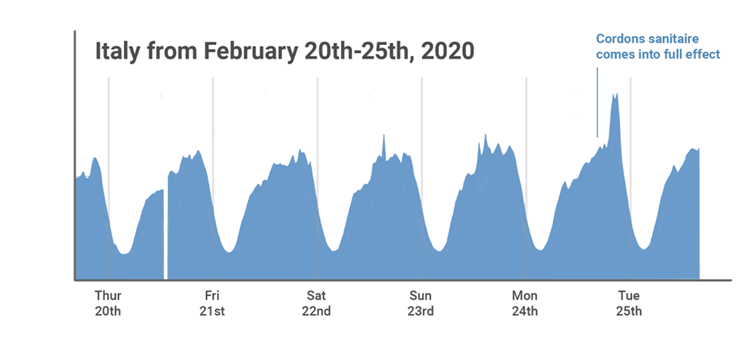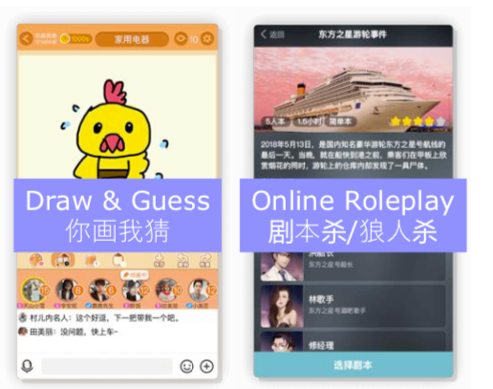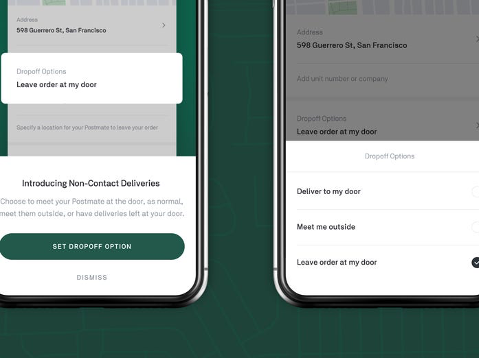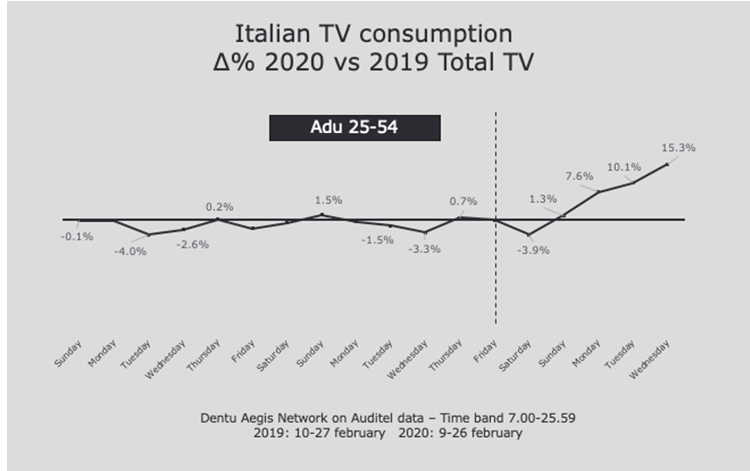This article was published on the iProspect blog.
As the coronavirus outbreak has turned into a global pandemic, individuals, governments and businesses around the world are striving to figure out the best ways to protect themselves, their families, their citizens and their employees.
With everyone legitimately turning their attention to what matters the most - health and the preservation of life – their responses are drastically changing the way we live, and, as a consequence, impacting our entire economy. In particular, we see many companies going all out not only to minimise disruption for their consumers, but also to embrace a bigger role in supporting them as people with many facets of their daily lives.
This article is intended to help business leaders quickly understand some of the key trends at play in consumer behaviour and the media landscape, and how brands are responding. It has been updated as of March 16th and reflects changes that we have observed across the markets within which we operate. For more specific trends and guidelines about your market, reach out to your local iProspect team today, and don’t forget to protect yourself and your relatives by following the World Health Organisation or your local authorities’ guidelines.
Consumer Behaviour
In affected areas, we see consumer behaviour changing in multiple ways:
1. Increase in news consumption. According to Cloudfare, people are accessing news and information websites about 30% to 60% more in Italy. Search for news doesn’t only concern traditional news outlets: online communities also become priority destinations. Reddit’s r/coronavirus board went from a thousand members in January 23 to more than 1.2 million in the last few weeks.

Evolution of traffic in Italy
As a response to this increased usage of digital, companies like Comcast and T-Mobile in the United States have announced they will suspend internet data caps temporarily to ensure as many people as possible can stay connected.
2. Media becomes a way of enriching day-to-day life. In China, youngsters use virtual gathering apps to kill the boredom. For example, the WanBa (玩吧) app offers several multi-player games for people to play on mobile, such as ‘Draw & Guess’ and ‘Online Roleplay’.

This doesn’t only apply to entertainment, it spans across multiple areas such as education. As more and more countries order school closures, companies are striving to provide students, teachers and parents with solutions. For instance, Youtube offers resources to educators for distance learning and video tips for studying at home.

3. Isolation makes life more digital. In China again, the Gym industry is rethinking their model, moving to online live-streaming and short video platforms to reach people at home.
Commerce
As people turn to isolation, shopping goes online.
1. There is a surge in traffic to e-commerce sites. According to Comscore, retail total visits began a steady upwards climb in February.

Evolution of Visits to top online retailers

Evolution of Search for ‘online groceries’ in the United States
2. The online demand is so intense that pressure greatly increases on the operations side. Amazon is planning to hire 100,000 new workers to manage fulfilment. We see a lot of companies finding creative ways to build entirely new services for their clients. For instance, many restaurants and delivery services are adapting their operations to the new sanitary guidelines to continue servicing their clients.

Postmates let customers choose how and where they want their food delivered.
We also see many examples of companies showing their gratitude to medical personnel by offering them free food and other benefits
3. Footfall is severely decreasing for the travel, restauration, sports, offline entertainment and offline retail categories. Data from OpenTable shows how restaurants’ situation has been dramatically declining over the last days. Footfall will likely keep decreasing as more and more governments order stores closures and take confinement measures. Brands such as Apple have already closed most of their retail stores.
Media Landscape
In a similar way to commerce, uncertainty, confinement and working from home change how people consume media:
1. People consume more media all day and not only during prime time. In the United States, streaming could rise by 60% according to Nielsen, which base their analysis on data from previous confinement situations.

2. People are turning to TV & Digital for news. Many news publishers have removed their paywalls on all their articles about coronavirus to facilitate information. To prevent misinformation about COVID-19 and opportunistic usages, platforms such as Google have launched initiatives to drive users to trustful sources and block all ads capitalising on the coronavirus.

3. Radio usage is increasing as more people favour car over public transportation. This will likely fluctuate as more and more markets impose travel restrictions.
4. As sports competitions get cancelled across the world, TV viewership of sports events is falling, which is likely to hit networks hard, especially as 2020 is the year of major planned events such as the UEFA European Championship or the Tokyo Olympic Games.
5.Subscription VOD and Gaming (including streaming) is increasing. In that context, Netflix have quickly developed a browser extension for Chrome to help people connect while social distancing.
6. Media consumed outdoors and in public is decreasing/losing effect, especially OOH, cinema and sponsorships. While some studios decide to postpone movie releases (e.g., James Bond No Time to Die), others decide to take the online way. In China, the movie Lost in Russia was moved to ByteDance and other online video platforms, attracting 180M viewers in the first three days!
The consequences of the COVID-19 pandemic on our daily lives are becoming our new normal. In that new territory for us all, and despite the important financial challenges and business disruptions, we see many examples of companies stretching themselves for the common good, such as LVMH dedicating a part of their production chain to make hand sanitiser for French public authorities.
It is clear that many aspects of what we are all experiencing as a society will have lasting effects beyond the pandemic. The massive working from home forced experiment will accelerate remote working. The infrastructure stress-test on supply chain and IT will be rich with learnings for online commerce. More people will be exposed to and experience digital services such as online groceries for the first time, and it is unlikely that they will all abandon these when confinements stop. All of this will push organisations to keep transforming themselves, to the benefit of their consumers and their employees.
“No winter lasts forever; no spring skips its turn.” – Hal Borland
For more coverage about how COVID-19 is impacting the media landscape across the globe, listen to the special episode of The Human Element, the podcast by our friends at Carat:

